
The Legend of the Banshee
By digitalgaming4532

10 Sep, 2023

The tale of the Irish Banshee is one that has been weaved into the fabric of Ireland's rich folklore for centuries. The Banshee, an eerie and chilling phantom, is believed to be a harbinger of death.

The Banshee's lamenting wail, mournful as it is frightening, has been mentioned in numerous old scriptures. Her piercing cry is said to be heard at night, usually before a death in the family.

The Banshee is often described as an old woman dressed in rags, washing bloody clothing by moonlight. But she can also appear as a young maiden, beautiful yet sorrowful.

The legend suggests the Banshee can take the form of a crow, an old hag, or even a stoat, but her wailing voice remains a constant sign of her presence.

Traditionally, the Banshee is said to be attached to certain Irish families. Whenever a member of these families is on the brink of death, the Banshee appears to mourn their impending doom.

A tale recounts an encounter with a Banshee by a brave knight, Sir Sean of Dublin. Sir Sean was a brave and adventurous man, not easily frightened by ghostly tales.

One cold winter evening, whilst returning to his castle, Sir Sean heard a chilling wail. It was unlike any sound he had previously encountered.
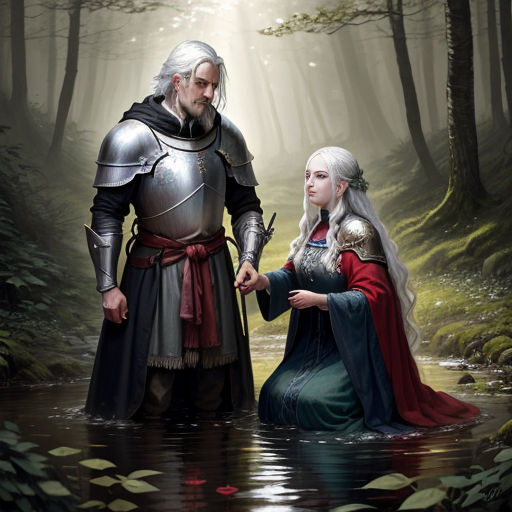
The knight drew his sword and advanced, driven by curiosity and a sense of duty. He found a frail old woman washing clothes by the stream.

The woman was the Banshee, lamenting and moaning. Sir Sean watched, fascinated yet wary as she continued her eerie washing.
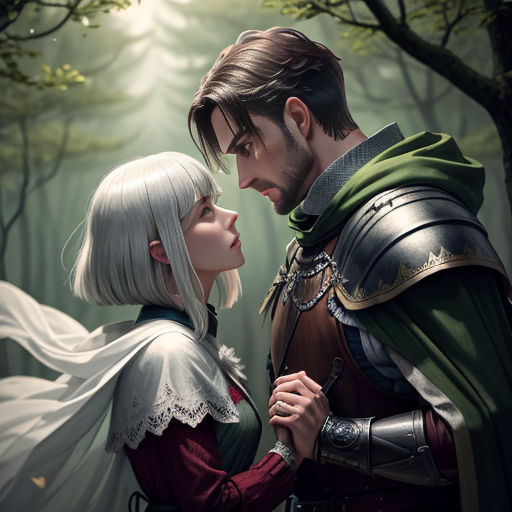
A chill wind swept through the clearing as the Banshee suddenly looked up, red eyes piercing into the knight's brave heart.

The Banshee spoke in a voice as cold as the wind, telling Sir Sean that his time was near. The knight, although shaken, stood his ground.

The Banshee, seeing the knight's courage, disappeared as silently as she appeared, leaving him alone in the cold night.

Despite the Banshee’s warning, Sir Sean shrugged it off as a mere illusion. He refused to believe that his end was near.
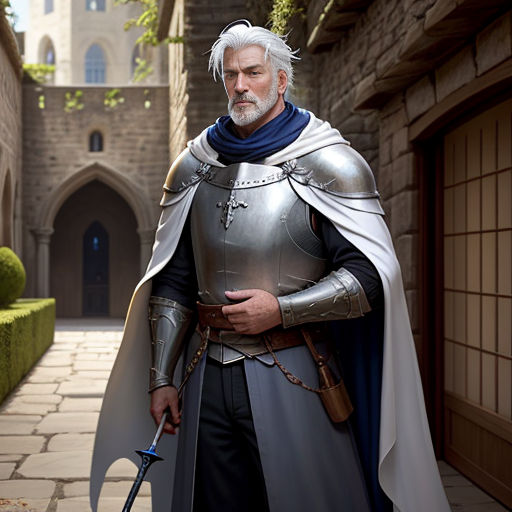
Days turned into weeks, and Sir Sean showed no signs of illness. He went about his duties as if nothing had happened.

However, one fateful day, during a hunting expedition, Sir Sean was tragically killed by a wild boar. His death was as abrupt as the Banshee had predicted.
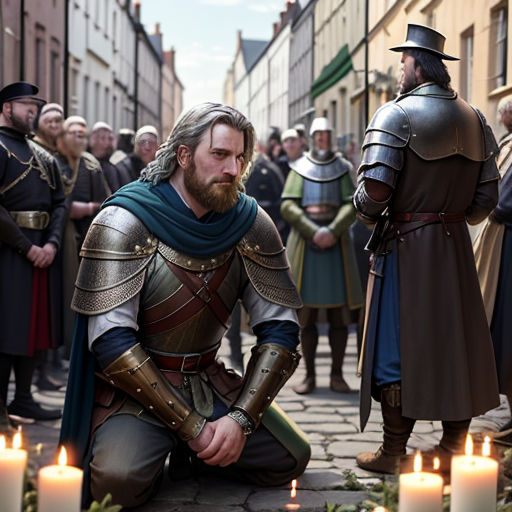
The people of Dublin mourned their brave knight, recounting his courageous deeds and noble character.

A week later, on a dark night, the chilling wail of the Banshee was heard again. This time, she was mourning the loss of the brave Sir Sean.

The story of Sir Sean and his encounter with the Banshee is a cautionary tale. It remains a popular story recounted at family gatherings and around campfires.
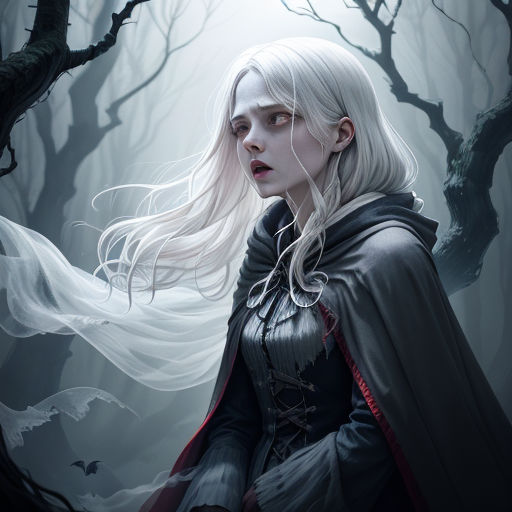
It serves as a reminder of the Banshee's presence, her mournful wail echoing in the cold nights, a chilling harbinger of death.

The Banshee's tale is a significant part of Ireland's culture. It represents the enduring belief in the supernatural and serves as a bridge connecting the present with the ancient past.

Despite the fear she instills, the Banshee is not seen as evil. She is more a symbol of sorrow, a spectral mourner for those soon to leave this world.
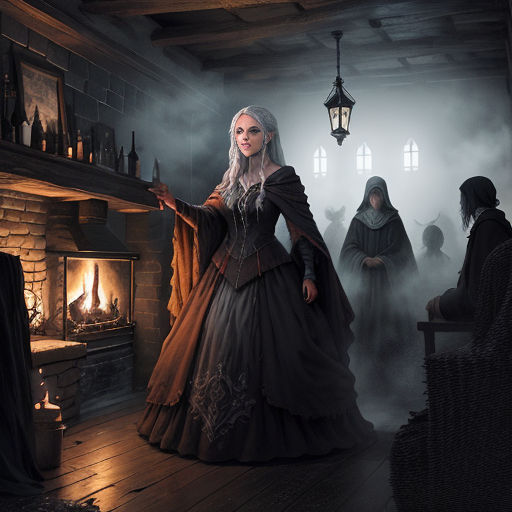
The Banshee's story is proof of how traditions and beliefs shape the values of a society. Her tale has become a part of Ireland's identity, woven into its rich tapestry of folklore.

As time passes, the tale of the Banshee continues to be told, reminding every generation of the richly diverse history and culture of Ireland.

The Banshee, with her haunting wail and uncanny appearance, will forever remain an integral part of Ireland's folklore, a chilling yet fascinating specter from the past.
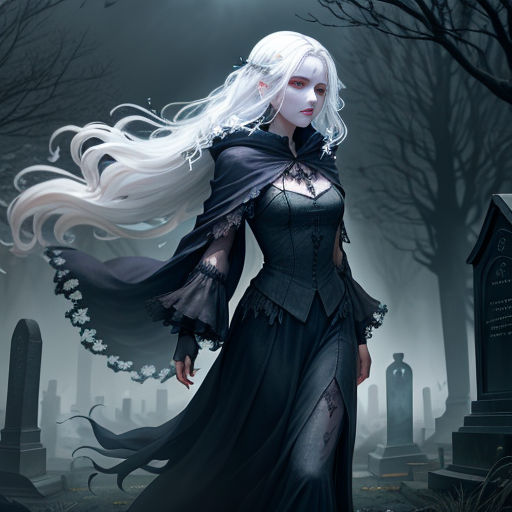
The story of the Banshee is more than just an eerie tale; it's a reminder that even in death, there can be a presence of life, a spectral echo that reverberates through the ages.

Ireland's Banshee, with her sorrowful wail, continues to be a spectral narrator of tales of life and death, an immortal part of Ireland's rich and diverse culture.

Her story, passed on from generation to generation, is a testament to the power of folklore, reflecting the timeless nature of Ireland's diverse customs and beliefs.

The tale of the Banshee is one that continues to intrigue and captivate, a fascinating element of Ireland's rich historical narrative.

As the wind howls and the moon shines bright, the Banshee’s wail can still be heard, a spectral lament echoing through the ages, a haunting reminder of the past.

Thus, the history of the Irish Banshee, a haunting tale of sorrow and death, continues to live on, a spectral presence in the heart of Ireland's folklore.
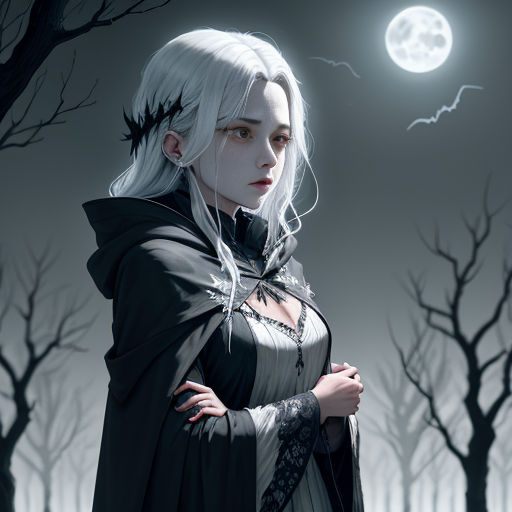
So, as the sun sets and darkness envelopes the land, listen closely. For you may just hear the wail of the Banshee, the spectral mourner of Ireland's past.

Despite the passage of time, the chilling tale of the Banshee remains an enduring part of Ireland's cultural folklore, leaving a lasting imprint on generations old and new.
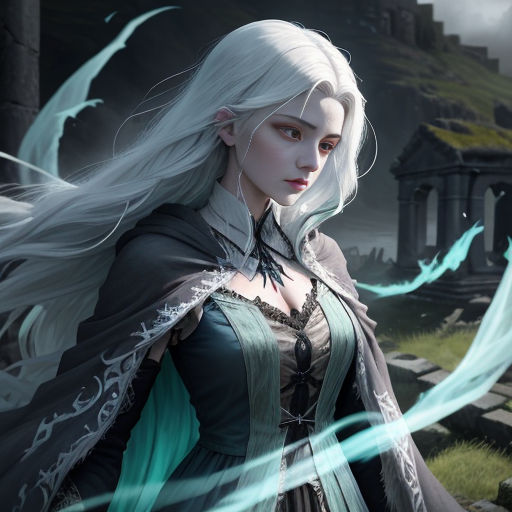
The Banshee’s tale, while tinged with sorrow, is also a narration of Ireland’s resilience, a testament to the country's rich cultural heritage and deep-seated beliefs.

The legend of the Banshee reminds us of the ancient power of folklore, the spectral echoes of the past and the eternal connection between life, death, and beyond.

The tale of the Irish Banshee will continue to serve as a bridge between the present and the ancient past, a timeless voice echoing through the annals of Ireland’s rich folklore.